LATEST FIREARM NEWS FROM ALL BRANDS
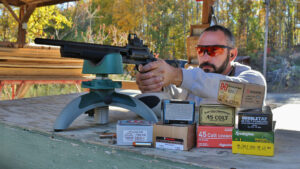
Ammo Match: .45 Colt Shows Its Versatility with These Eight Cartridges
Frank Melloni, Freelance Ammunition Editor April 25, 2024
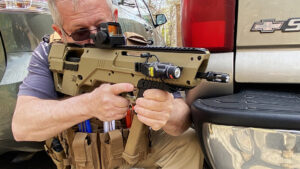
Meta Tactical Apex Conversion Kit: Pistol to Carbine in Minutes!
Frank Jardim April 24, 2024
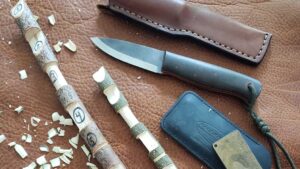
How To Make A Bushcraft Try Stick
Kevin Estela April 23, 2024

Colt Python Revolvers: 2.5 & 5-inch Stainless Steel Models Debut
Ballistic Staff April 23, 2024
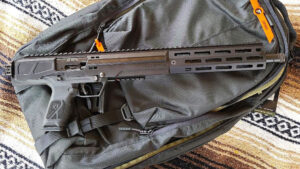
Versatility Defined: Shooting the Well-Rounded Ruger LC Carbine 45
Mike Detty April 23, 2024

Drawing From a Holster Pistol Drill: Draw to First Shot on Target
Kenzie Fitzpatrick April 22, 2024
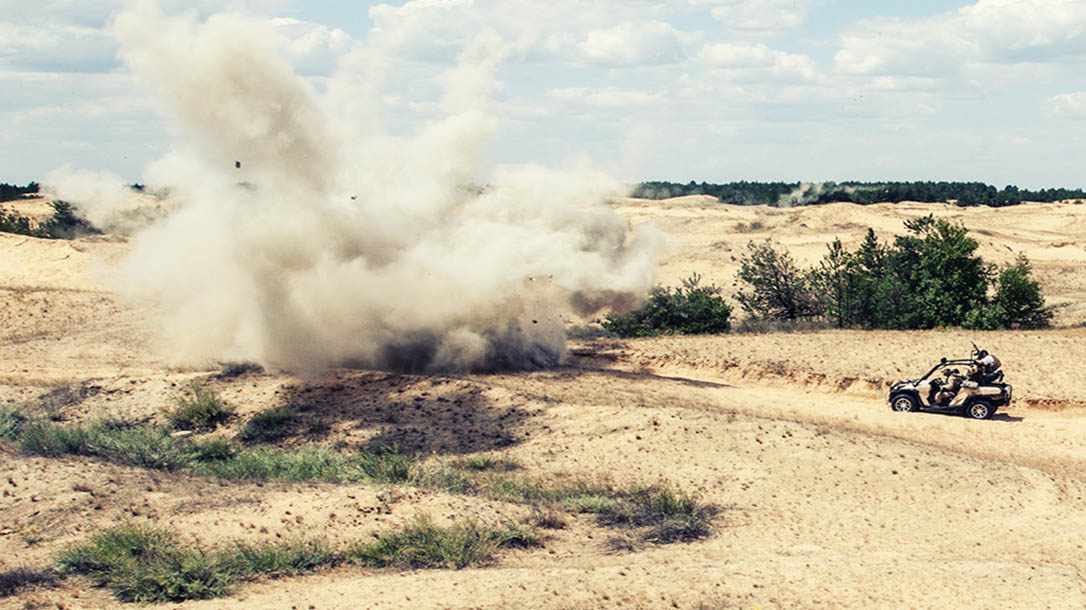
How To Disarm A Landmine Without Getting Blown Up
Jason Piccolo April 21, 2024
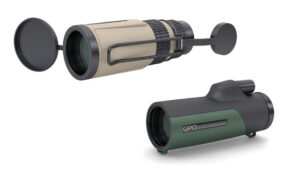
GPO 10X Monoculars: Lightweight Field Optics for Ranging & More
Ballistic Staff April 21, 2024
BROWSE BY BRAND
Didn't find what you were looking for?
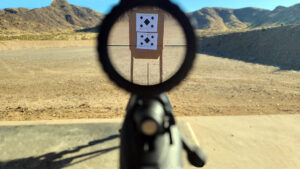
SHOOTING 101: Ballistic’s Guide on How to Sight In a Riflescope
Fred Mastison April 22, 2024
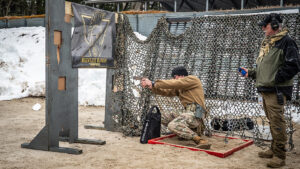
West Point Wins 4th Consecutive SIG Relentless Warrior Championship
Tactical Life Staff April 22, 2024
CHECK OUT ATHLON OUTDOORS ORIGINAL VIDEO SERIES
More Videos

West Point Wins 4th Consecutive SIG Relentless Warrior Championship
Tactical Life Staff April 22, 2024
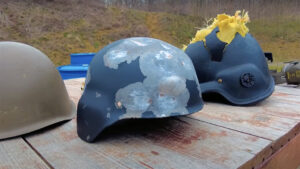
VIDEO: Watch Adept Armor NovaSteel Helmet Stop .357 Magnum!
Tactical Life Staff April 20, 2024
Tests and Product Reviews

Versatility Defined: Shooting the Well-Rounded Ruger LC Carbine 45
Mike Detty April 23, 2024
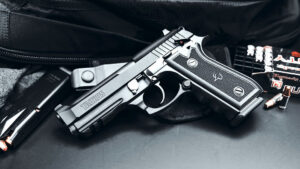
TESTED: Taurus 917C DA/SA 9mm Pistol Upgrades an Old Favorite
Mike Detty April 18, 2024
SUPPRESSORS & NIGHT VISION
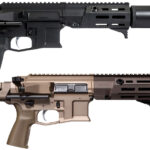
Maxim Defense Expands the PDX-SD with 7.62x39mm and .300 BLK Options
Personal Defense World April 12, 2024
In 2019, Maxim Defense introduced its short and maneuverable PDX short-barreled PDW, followed one year later by the PDX-SD. The PDX-SD expanded on the original platform by adding an integrated suppressor while maintaining stealthy, close-quarters handling. However, although the original
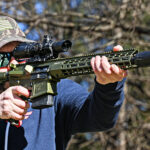
Huxwrx Ventum 762: Hub-Compatible Flow-Through Suppressor
Andy Grossman March 6, 2024
One of my favorite things about being in the outdoor industry is media events. I love seeing new products before companies release them to the public. Even cooler, companies sometimes ask for my thoughts on a product as a shooter.
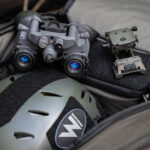
Armasight Ultimate Night Vision Kit: All You Need for Night Ops
Robert Jordan March 1, 2024
Several years ago I was in the right place at the right time and got a killer deal on some Gen 3 night vision tubes. Money was tight (isn’t it always?), but I couldn’t turn down the deal. I was

Maxim Defense Expands the PDX-SD with 7.62x39mm and .300 BLK Options
Personal Defense World April 12, 2024

Huxwrx Ventum 762: Hub-Compatible Flow-Through Suppressor
Andy Grossman March 6, 2024

Armasight Ultimate Night Vision Kit: All You Need for Night Ops
Robert Jordan March 1, 2024
Didn't find what you were looking for?
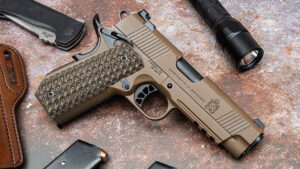
Springfield Armory TRP Carry Contour Review: The Concealable 1911
Garrett Lucas April 11, 2024
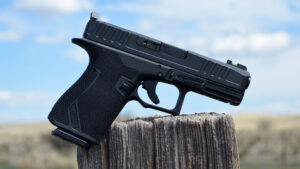
Running the ZRO Delta FKS-9: The Glock Clone Living on the Edge
Mike Detty April 8, 2024
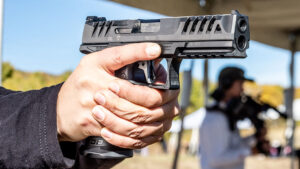
Full-Size Walther PDP Match Review: Enhanced Ergonomics and Accuracy
Frank Jardim April 6, 2024








